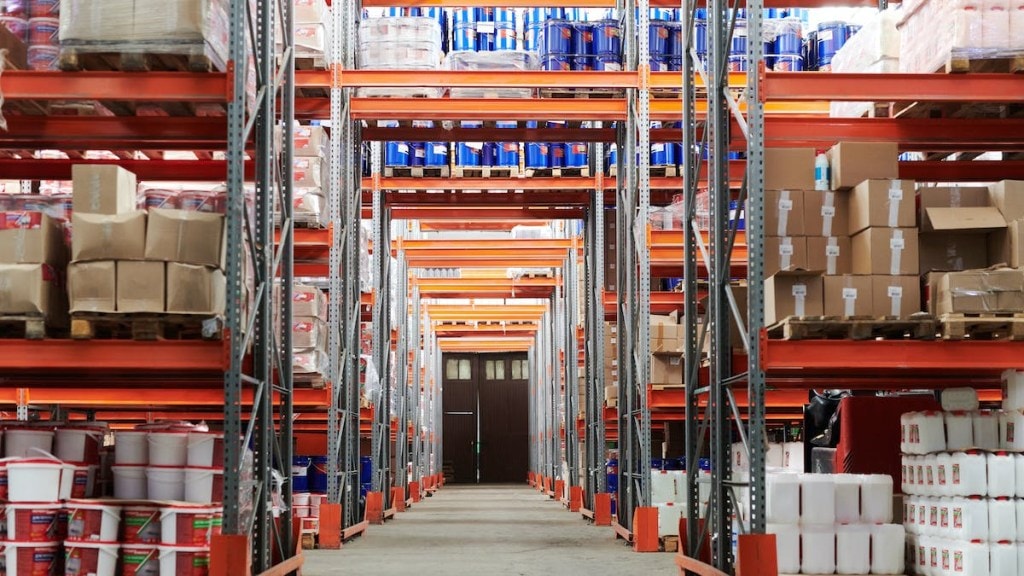– By Yash Jain
Technology is a critical component that makes personalized marketing and smooth transactions possible. The growth of Direct-to-Consumer (D2C) marketing following the pandemic, spurred by growing online purchasing habits, drives firms to use digital platforms for direct interactions and personalized experiences. According to Statista, India has the third-largest digital purchasing base in the world, behind China and the United States, with around 600 million internet users and 185 million online shoppers. This makes a strong logistics technology stack an essential element that simplifies D2C operations. Logistics technology guarantees effective supply chain management, reducing interruptions, from order processing to last-mile delivery. Thus, to satisfy the increasing expectations of online shoppers and maintain the viability of the dynamic D2C model, technology and an advanced logistics tech stack must work in a coordinated manner.
A logistics tech stack streamlines the Direct-to-Consumer (D2C) model by integrating various components such as front-end and back-end frameworks, transportation management systems (TMS), warehouse management systems (WMS), dedicated logistics apps, application programming interfaces (API), workflow automation and optimization tools, data analytics, AI tools, communication tools, and security protocols. This integration guarantees real-time visibility into shipments, precise inventory management, expedited order fulfilment, and responsive communication, which is necessary for the ever-changing needs of online shoppers and to improve supply chain efficiency. The D2C model’s success is largely attributed to the logistics tech stack, which functions as a unified solution to optimize operations.
Here’s a look at how the logistics tech stack accelerates D2C enterprises’ growth trajectory in the following ways-
Integrating API
APIs are essential for enabling communication between software systems. Even when doing different tasks, two software forms can share data effortlessly. A last-mile delivery system operated by a third party can become more efficient and fluid by integrating it with local dispatch systems and e-commerce platforms. APIs maintain synchronization, enabling systems to function with the most recent information. Thus, the integration of APIs offers a useful solution in optimizing and expediting processes, especially during busy times, despite the inherent challenges of last-mile logistics.
Route Optimization
Route optimization techniques are very helpful in last-mile logistics, particularly when dealing with heavily crowded urban areas. When used properly, advanced route optimization software allows for timely dispatching based on the best times to use the roads, as well as effective traffic control. Due to this software’s adaptability, delivery teams can utilize live tracking to adjust to unexpected events like traffic and weather, enabling them to react promptly and flexibly. With this feature, delivery companies can be sure that their routes are always optimized and that there are no doubts about how efficient their drivers’ routes will be. Thus, route optimization software turns into a strategic tool that helps delivery organizations save time and money by utilizing readily available information.
AI for Analysis
By improving communication and providing real-time delivery updates, artificial intelligence (AI) in last-mile delivery can reduce expenses, minimize errors, and improve the customer experience. AI, for instance, can be used to anticipate times of high demand and spot possible supply challenges. Algorithms can even predict when demand will be higher and provide useful information, such as when a car might need maintenance. Thus, by using sensors, artificial intelligence can also identify possible roadblocks, preventing mishaps and increasing driver safety while lowering the chance of a delayed delivery.
Streamline Warehouse Processes
Building a strong Warehouse Management System (WMS) is a crucial step towards optimizing logistics, as it can reduce shipping times and guarantee precise packaging. In addition to enabling faster and more effective last-mile delivery, an effectively carried out WMS also helps to reduce delays brought on by missing or lost items. To further improve warehouse operations, third-person viewpoints recommend integrating demand forecasting and automating inventory management. Moreover, using just-in-time (JIT) delivery techniques can help optimize inventory levels. Thus, a highly developed WMS is crucial for improving operational effectiveness and guaranteeing a seamless last-mile delivery experience.
Elevating Customer Satisfaction and Loyalty
Even in the event of delays, frequent communication with clients via immediate tools is important to update them on the delivery status. Feedback gathering is critical to comprehending customer preferences and enhancing services. Make use of surveys or follow-up emails to show how important client feedback is and to instil a sense of worth. Customers like a firm that actively seeks and values their advice, thus, this strategy not only improves customer satisfaction but also raises the chances that they will do business with you again.
All Things Considered!
Technology and a strong logistics tech stack work together to drive organizations forward in the ever-changing D2C landscape. The D2C model’s success is attributed to a number of factors, including API integration, route optimization, AI analysis, improved warehouse procedures, and increased satisfaction among consumers. Hence, businesses need to embrace these technological innovations to maintain client loyalty, growth, and efficiency as they go through the complexity of modern logistics.
(Yash Jain is the CEO & Founder at NimbusPost.)
(Disclaimer: Views expressed are personal and do not reflect the official position or policy of Financial Express Online. Reproducing this content without permission is prohibited.)

